How to Move Microsoft Teams to Another Drive
How to Move Microsoft Teams to Another Drive?
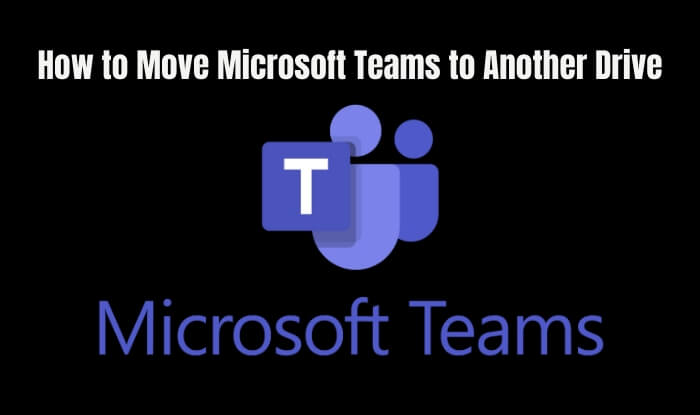
Information Technology advancements also lead businesses to shift toward virtual teams and online working, especially during the Covid pandemic. This pushed employers to search for apps that assist them in online communication and collaboration. For this reason, mostly choose Microsoft Teams as the best tool for connecting online with teams.
Microsoft Teams is a cloud-based collaboration tool and part of the Microsoft 365 suite. It helps users communicate and collaborate with team members in real-time. Teams allow users to chat, share files, and work on projects together. Apart from business purposes, people also use it for personal purposes, such as connecting with friends and family.
Despite its many features and benefits, some users may still want to move Microsoft Teams to another drive. This is usually for storage or to free up space on the device. Whatever your motive may be, it is still possible to transfer Microsoft Teams to another location. If you are also wondering about a way to move Microsoft Teams, jump into the next section.
Move Microsoft Teams to Another Drive via Qiling Disk Master
Qiling Disk Master is a reliable and best solution for users to move Microsoft Teams to another drive. It can transfer installed programs, system settings, and user data from one computer to another. This app can also transfer data between Windows operating systems, such as from Windows 10 to Windows 11.
Its potential attributes make Qiling Disk Master an outstanding solution for users. With this app, you can schedule automatic transfers and create an emergency disk for unexpected system crashes.
So, must go for this app to transfer all installed programs in one click, without any data loss. You can also get a backup of your precious data easily.
You can follow these steps below to move Microsoft Teams to another drive with this intelligent software:
Step 1. Run Qiling Disk Master on both PCs
On the source PC, select "File sync" on the main screen of Qiling Disk Master and move on.

Step 2. Connect two computers
1. Select your target PC to connect via its IP address or device name and click "Connect".
2. Enter the login password of your target PC and click "OK" to confirm.
If you didn't see the target PC in the listed devices, you can also click "Add PC" to manually connect the target PC by inputting its IP address or device name.
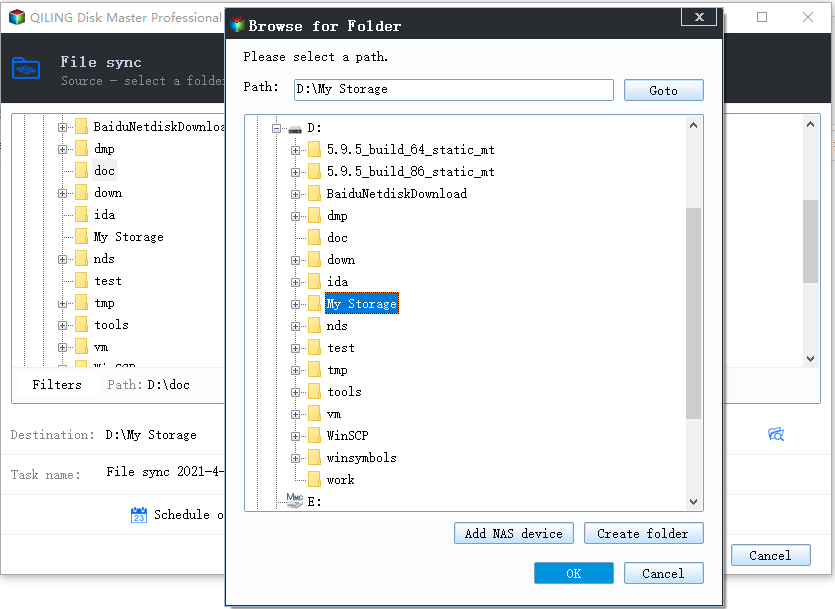
Step 3. Select apps, programs, and software and transfer to the target computer
1. You can select and choose what you want to transfer from the current computer to the target PC.
2. After selecting desired applications and programs, click "Transfer" to start the transferring process.
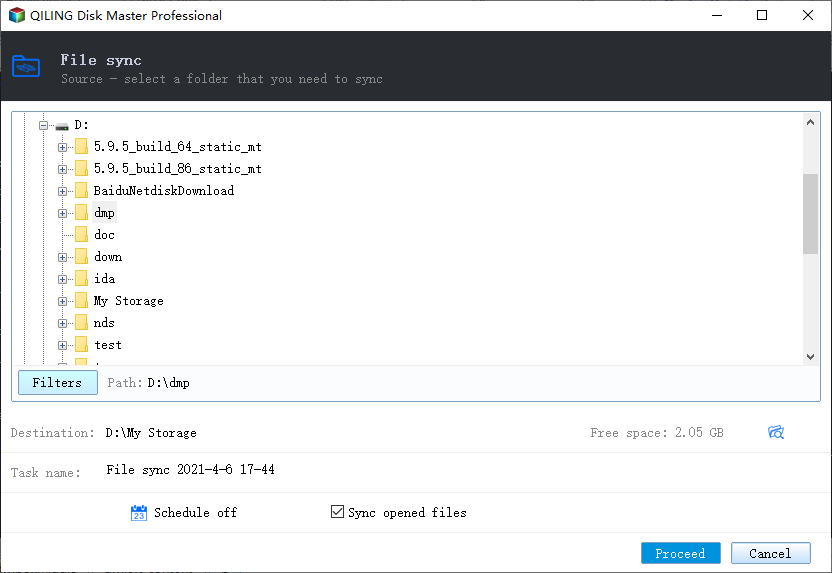
Move File in Microsoft Teams to Another Drive
If you want to explore this solution, read this one too. You can quickly move your Microsoft Teams to another drive with these super-easy steps:
Step 1. Open Microsoft Teams on a desktop browser or website.
Step 2. You will find "Files" on the left side of the screen. Click them and select the file you want to move.
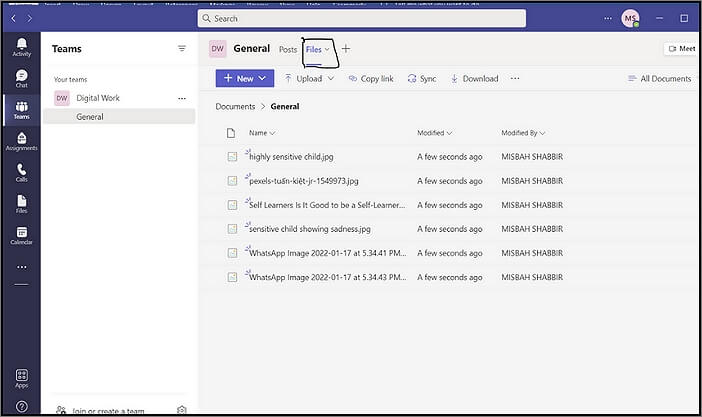
Step 3. Click the "More Options" icon (it looks like three dots) and select "Move."
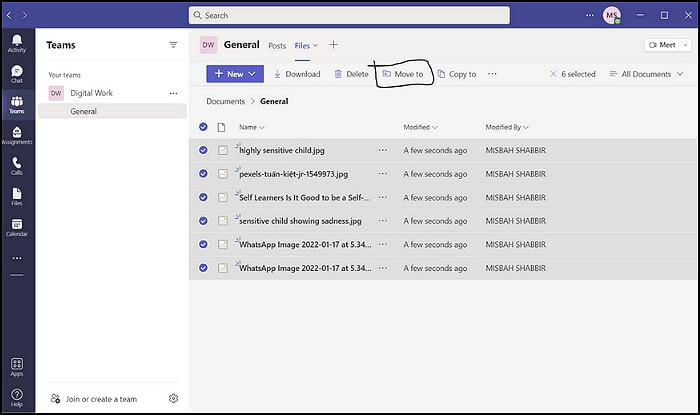
Step 4. Choose the destination for the file and click "Move."
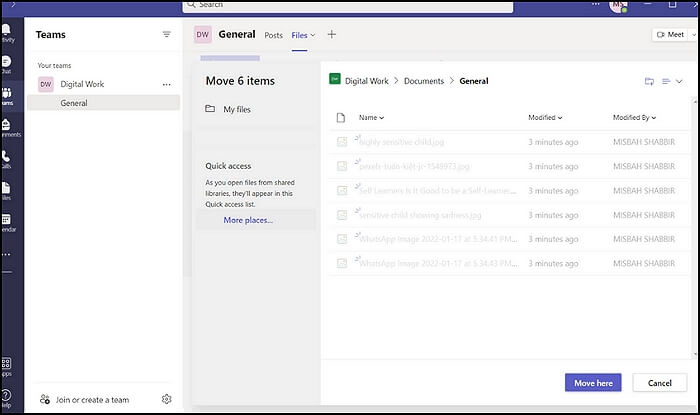
Bonus Tip: Move Microsoft Teams to Another Drive Manually
It would be best if you knew how to manually move Microsoft Teams to another drive. This is a good alternative for users who are not comfortable using third-party software. The process will require you to export and import your Microsoft Teams data.
Remember, Office 365 is a subscription service that includes Microsoft Teams. So, if you have a Microsoft account or subscription, you can also access Microsoft teams.
Here is a complete users guide on how to move Microsoft teams to another Drive by moving Microsoft office 365:
Step 1. Click the "Settings" app and tap on "System."
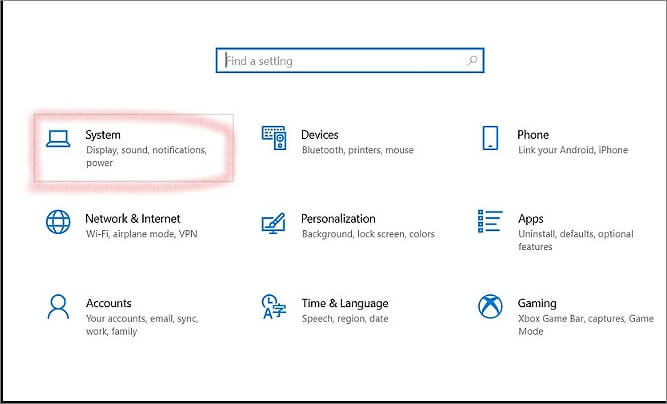
Step 2. Select "Storage" and choose the drive where you want to move Microsoft Teams.
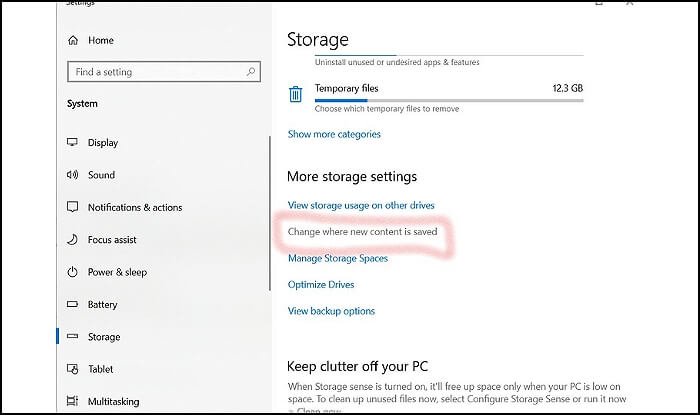
Step 3. Under the "New apps will save to" section, select the new location for Microsoft Teams.
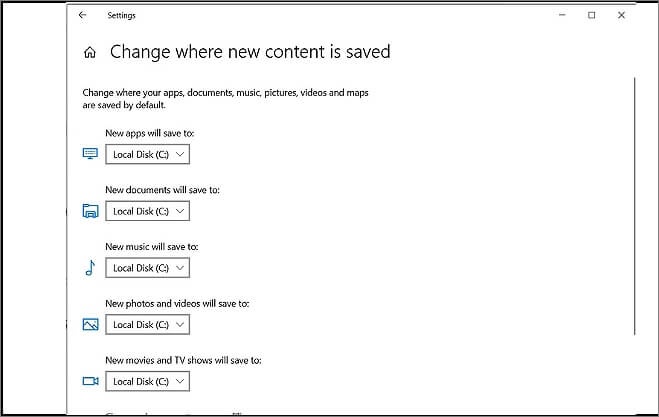
Step 4. Exit the Settings app and restart your computer.
After completing these steps, Microsoft Teams will automatically move to the new location.
However, if you want to manually move your files, then follow these steps:
Step 1. Open File Explorer and go to the "Microsoft Teams" folder. The location is "C:\Users\%USERNAME%\AppData\Local\Microsoft\Teams."
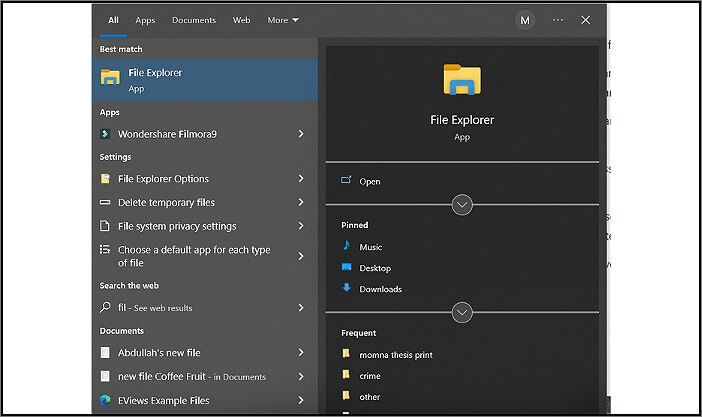
Step 2. Select files and folders inside the "Microsoft Teams" folder. Right-click and select "Cut."
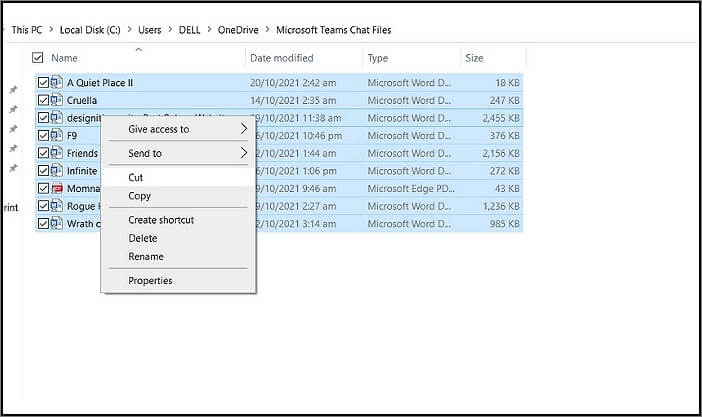
Step 3. Paste the files into the new location. The process may take time, depending on how big the Microsoft Teams folder is.
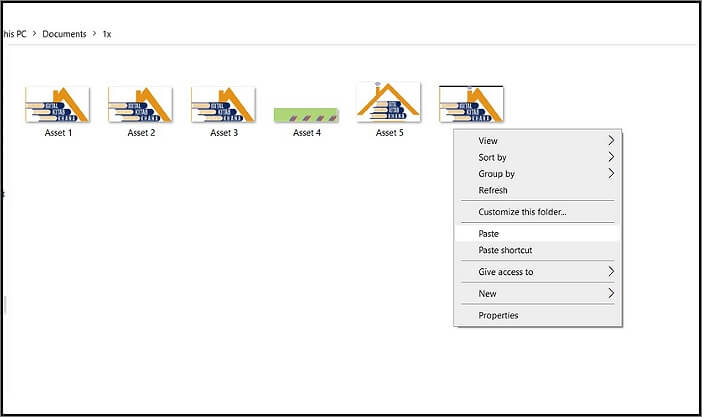
Step 4. Once the transfer is complete, open the "Microsoft Teams" folder in the new location and double-click the "Update.exe" file to update the app.
These are some super-easy steps you can follow to move your Microsoft Teams to another drive.
Conclusion
Nowadays, communication and collaboration apps or tools play a significant role in our lives. Among all the available options, Microsoft Teams is one of the most reliable and beneficial collaboration apps for business and personal use. For this reason, on the safe side, you must move Microsoft Teams to another drive to keep your data and business secure. In this regard, Qiling PCtrans can be the best tool for you. This is an all-in-one solution that can help you successfully move your Microsoft Teams to another drive without any data loss. Click here to have a trial version.
Related Articles
- 2 Safe Ways to Migrate QuickBooks to New Server
- Does Windows 11 have Easy Transfer?
- How to Transfer Adobe Flash Player to Another Computer?
- How to Copy MS Office from Laptop to Pen Drive/USB (Windows 11 Available)